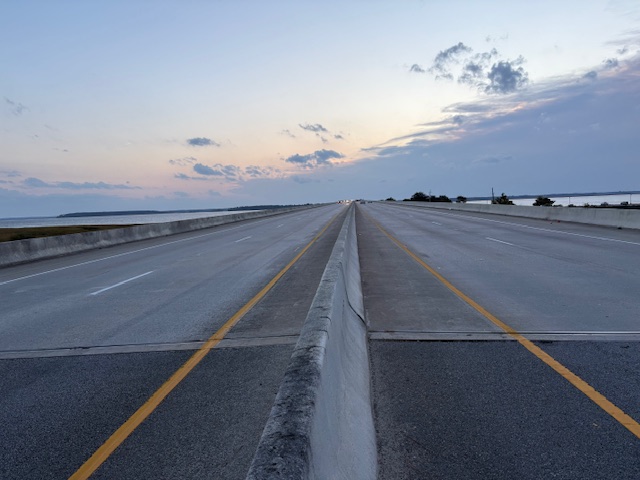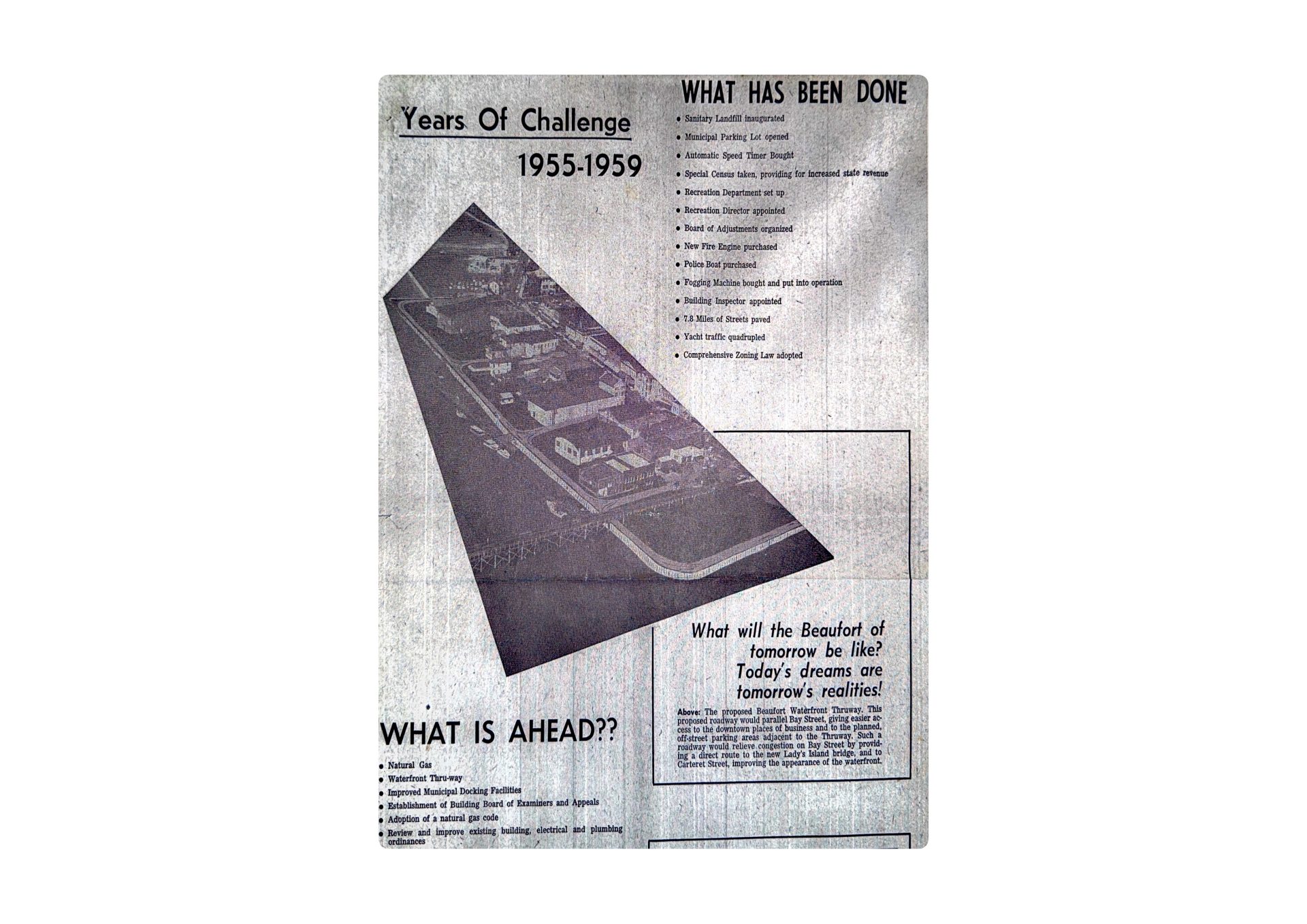The Rauch Report
By Bill Rauch
The next time a real estate developer in a slick suit comes by to tell your local government how he’s going to bring jobs to your community at no cost to the taxpayer, show him this article.
Four lonely dissenters spoke at the 1991 public hearing to urge the Beaufort County Council to amend in various ways the Del Webb Sun City PUD and development agreement: Penn Center Director Emory Campbell, State Representative Harriet Keyserling, Beaufort Mayor David Taub and me. I was a Beaufort City Councilman at the time. The rest of the room was filled with lawyers and various other consultants in well-pressed suits that Del Webb had hired to say nice things about them. But we four saw — at least we had a glimpse of — what the costs of the public subsidy would be.

We know now we were low by hundreds of millions. And that’s just the beginning. The taxpayers will be asked for more in the upcoming year. In fact, it appears now that the school district and the county council are approaching a stand-off over which needed costly improvements, Bluffton’s roads or schools, are more critical.
In 1991 Bluffton was a cozy little crossroads nuzzled up to a stunningly beautiful river. Some people affectionately called it “The Redneck Riviera.” Most people had never heard of the place. Then came Del Webb’s Sun City explosion. Sun City’s promoters, I remember them well, assured the people of Beaufort County there would be no costs to them because all the improvements would be within the gates of the place and because Del Webb owners don’t have children so there would be no impact upon the school district. But, they promised, there would be jobs, lots of them. And that Beaufort’s restaurants would be full of new big-tipping diners.
The County Council voted unanimously to approve the Del Webb development agreement and PUD that year with no consideration given to what would happen outside the development’s gates. All but one of those County Council members have gone on to other things. One, Del Webb’s leading proponent, Leonard Tinnan, has long since moved away. Cutting hours at the dumps and freezing employee salaries are examples of how future County Councils grappled with the fallout.
Meanwhile, the public costs mount.
In his August 7th presentation entitled “Referendum Plan” to the School Board, their consultant Jeffrey Moss said enrollment is 21,102 this school year. That number is expected to rise, according to the report, to 23,517 in 2024, an increase of about 2,400 students, or about a one percent growth rate per year over the upcoming ten year period. Twenty years ago there were about 15,000 children in the Beaufort County Schools.
Even as it has increased school populations in other clusters, it is the new rooftops in the Bluffton area that has driven the school district’s rocketing school population growth.
Here are some of the arguments that fell on deaf ears 25 years ago, “Who’s going to cut the grass at Sun City?” “Who’s going to fix the drains, repair the roofs, sell the sodas, mix the drinks, and repair the golf carts?” “And where will they live, and where will their children go to school?” “Will the roads be able to handle it?”
There have been three road improvement referenda and four school building referenda since 1995. The question before the governments this year is, “Will there be one or two more?” By South Carolina state law governments must ask the voters for permission to borrow more than certain borrowing limits that are set by state law.
Tellingly, the consultant’s recent report begins with a history of past Beaufort County school bond referenda questions that have been put to the voters. The report’s clear conclusion is that history shows school bond referendum issues are more likely to pass when they are held on Saturdays, as the previous three successful elections (2008, 2006, and 2000) were. These elections are, in effect, single issue ballot questions, and the voters who take the time to vote in them, it is widely held, are more likely to be those who stand to benefit from the proposed improvement than, say, those who vote in general elections.
South Carolina law allows school districts to hold bond referendum elections on any day of the week they choose except Sundays and holidays. However counties putting up penny sales tax measures, or bond referenda, may by state law only schedule them on the days of general elections.
There had been discussion in political circles here of Beaufort County putting up a capital improvements measure on the November, 2016 ballot. Two often-mentioned projects for that list have been Beaufort’s downtown parking garage and the replacement of the aging Graves Bridge to Hilton Head.
But Mr. Moss’ report seems to have changed all that. Now the likelihood is the School District will step in ahead of the county and schedule the school bond vote on a Saturday that precedes the November, 2016 general election. If they do that, the widely held view is the county’s measure will be Dead on Arrival with the voters who will have just voted on the school bond issuance.
No one yet knows what their total new ask will be, but if the past is any guide, the school district will be asking for another $100 million to keep up with the growth that is largely in the Bluffton area.
If the upcoming Saturday vote passes, it will take the total for the post-Sun City roads and schools referenda to about three quarters of a billion dollars.
The total project costs, according the County and the School Districts, of the projects funded by the seven successful roads and schools referenda that have passed in the last 20 years is $636,505,256. Of that $636 million, $382 million – or roughly 60 percent — has been spent in the Bluffton area. Those are some of the costs of the county’s 1991 unanimous vote. There are more in the school district’s general fund and its 8% money, and in Beaufort County’s general fund and capital improvements borrowings.
The Sun City vote was the spark for the Bluffton explosion, and for the costs to all the county’s taxpayers who have paid and continue to pay for it. Among its many costs may well also now be the further delay of Beaufort’s parking garage and of Hilton Head’s bridge.




